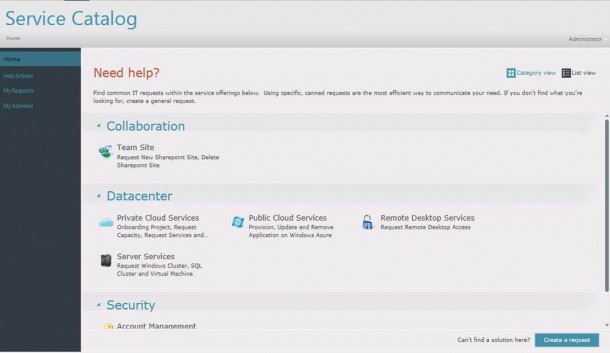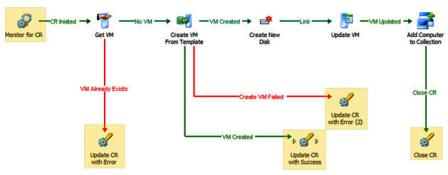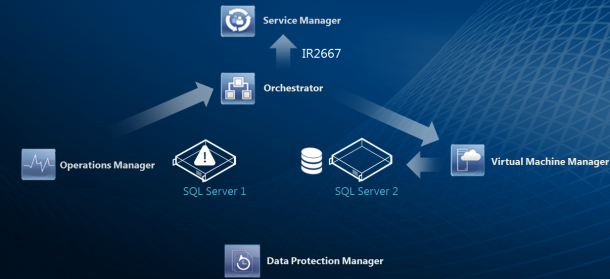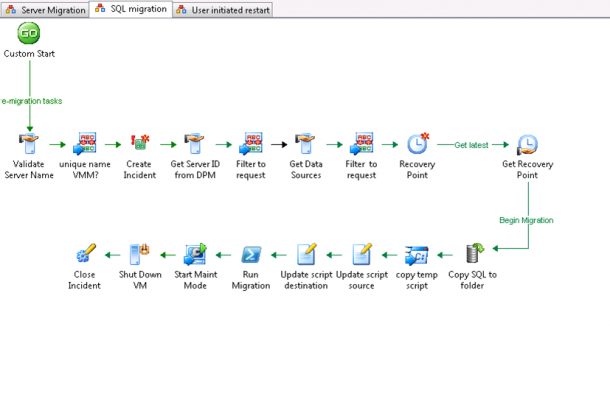What is Cloud?
Okay, ‘Cloud’ is a over-used word these days in IT. Everyone is talking about Cloud, every IT vendor is talking about Cloud. So What is Cloud? Can you describe it? If you cannot, don’t worry you are not the only one.
I always refer to the defination by National Institute of Standards and Technology (NIST):
“Cloud computing is a model for enabling convenient, on-demand network access to a shared pool of configurable computing resources (e.g., networks, servers, storage, applications, and services) that
can be rapidly provisioned and released with minimal management effort or service provider interaction. This cloud model promotes availability and is composed of five essential characteristics, three service models, and four deployment models: On-demand self-service, broad network access, resource pooling, rapid elasticity and measured service.”
For the full defination, click HERE to visit the NIST website.
The key word here is “Cloud Computing is a model” A model that delivers
- On-demand self-service
- Borad network access
- Resource pooling
- Rapid elasticity
- Measured service
What does Private Cloud deliver over Traditional Virtualization?
I did a post before on Virtualization is not Private Cloud to talk about the differences between the two. In spite of the gross overuse of the term “cloud”, it is a fact that cloud computing does bring new form and focus to past concepts of shared infrastructure. Here are several examples:
- Scalability: This is a focus on automation of scaling out to meet demand, but also in scaling back to conserve power. What makes the cloud seem infinitely scalable is that fact that it is shared. Whether the tenants are your business units (as in IaaS) or total strangers (PaaS and SaaS), cloud computing incorporates the sharing of infrastructure that contains idle
capacity. - Service Model: This model incorporates attention to integration data center processes with the service catalog, presenting service options in a user friendly way, essentially bridging the gap between user and backend service by providing a layer of abstraction between consumer (end user or application owner) and technology and technology provider (the datacenter administrators).
- Compliance and Governance: Here you will see due consideration to compliance, governance, and security in general; the level of auditing and configuration management is generally high on the list of concerns in a private cloud.
- Chargeback: With cloud computing you can track usage within the organization, mirroring the chargeback strategy that’s only seen widespread use in hosted scenarios in the past. It’s easier to pay for more capacity when you charge the tenants in your organization for using what you have.
- Agility: The premise of private cloud is that a high degree of automation exists to make all of this magic happen, and happen very quickly. Agility comes through automation and orchestration.
The Orchestrator Magic
System Center Orchestrator can help to deliver some of these capabilites. Orchestrator can automate and help to orchestrate process flows between different automation systems. You can automate people process (Approval, Service Requests, Change Requests etc), Automate System Process (Provisioning VM, Create new user account and many more) and many repetitive IT Task. Repetitive tasks like Backup & Recovery, Troublshooting Tasks (Reset IIS service, Reboot VM) and many more.
Here are some examples:
Provision Services or Resources
To allow self-service, you need a request form for the end users and also a system to manage all the requests. Service Manager component of the System Center 2012 takes care of that. It is called Service Catalog. It is not limited just to VMs, IT services like Provisioning SharePoint, Mailbox, VDI, User accounts and many more can be published for self-service (See screenshot below).
How the service request being fullfilled? That is where Orchestrator comes in.
Take Prvisioning Private Cloud Services as an exmpale. End users first fill up a service request form.
A service requests will be generated from Service Manager and tracked through the process. Orchestrator then comes in to automate the process. A runbook can be created or customerized for different scenarios. Below diagram shows a runbook from Orchestrator to perform a VM provision and through the process Service Manager service request is updated automatically.
This whole process of VM Provisioning including Service Request creation, update and close is automated. A fully integrated process across different system.
This runbook can be changed or customized for different organization. For example, a Email or SMS notification can be added to inform System Admin if anything goes wrong with a service request.
Autoremediate Web Server Failure Incidents
In Private Cloud context, IT needs to be as effective as possible. How to deal with failure and quickly fix issues is very important. A lot of troubleshooting steps are repeatitive and these repeatitive tasks can be automated. Below runbook shows how Orchestrator can help autoremediate web server failure.
When a web server is down, System Center Operation Manager will generate alert automatically. Service Manager has connector to all System Center components, it will be able to create incident request automatically for the web server alert from Operation Manager. This runbook in Orchestrator then pickup the incident and do two simple troubleshooting tasks:
- Reset IIS
- Restart App Pools
If these two steps do not fix the issue, A administrator will be alerted to troubleshoot further. As a system administrator, these two steps are probably most common steps for troubleshooting. Automate them can fix probably 60% – 70% Web Server day to day issue. System administrator can better focus on bigger problem and provide more value.
There are a lot of more scenarios where Orchestrator can come in. You can build more sophiscated process to even auto recover SQL Server involving creating new SQL VM and restore SQL data all in one sigle runbook. Even my SQL VMs failed entirely, I can quickly spin new SQL VMs with all data in another host, cluster or datacenter.
Below diagram shows the System Center Components involved and the runbook from Orchestrator.
In summary, there are a lot of more moving parts in Private Cloud comparing to Virtualization. System Center 2012 helps to deliver a lot of that capabilites and Orchestrator is the key component that drives integration and automation across different systems. Orchestrator also support hardware and third party LOB applications, so it works beyond just System Center components.
Next Step
- Download and try out various System Center 2012 products for private cloud through one Single download today!
- Register at Microsoft Virtual Academy to access a wide range of FREE Trainings on Microsoft Technologies
- Register for IT Camp for face to face hands-on training.







 Follow
Follow
2 Responses to “Turning Virtualization to Private Cloud – How Orchestrator can help”
symphony
Excellent goods from you, man. I have take into accout your stuff prior to and you’re simply extremely fantastic. I really like what you’ve got right here, really like what you are stating and the best way during which you assert it. You are making it enjoyable and you continue to take care of to stay it wise. I can’t wait to learn much more from you. That is really a great site.
mahler
I feel this is among the so much important information for me. And i am glad studying your article. However wanna remark on some general things, The website style is great, the articles is in reality nice : D. Excellent job, cheers